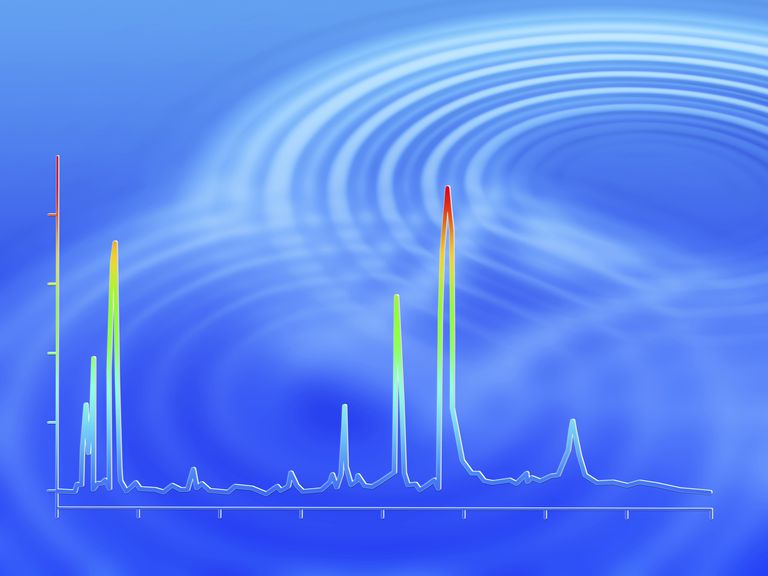Chromatography is a physical Method of separation where the components to be separated are distributed between two phases, one that is the static stationary phase while the other the mobile phase moves in a certain direction. In chromatographic procedures, separations results from differences in the distribution constants of the individual sample elements between the two phases. Chromatography might be preparative or analytical. Analytical chromatography normally operates with smaller quantities of material and attempts to gauge the relative proportions of analyses in a mixture. The two are not mutually exclusive. In gas chromatography GC separations are achieved by distribution of a solute between an immobile solid or liquid stationary phase and a gas phase that percolates within the stationary phase. Sample molecules spend a portion of the period in the mobile phase and the other part at the stationary phase during the passage through the column.
The time for an unrestrained solute to reach the sensor from the Point of injection is known as the column dead time or the holdup time. The solute retention period tR is the time difference between sample injection and the sensor sensing the maximum of the retained peak. The quantity of time solute molecules invest in the stationary phase is known as the adjusted retention time tR. With a solution with a different pH, or a different composition, the desired substance can then be washed off the press, and collected. These principles are utilized to isolate and examine pigments, enzymes, amino acids, constituents of DNA, and nearly molecule you can imagine. what is a chromatogram All molecules have specific interaction with other molecules, and a chromatography experiment can be made to recover just about any molecule from a seemingly homogenous solution. Besides these common techniques of this technique, there are several more. Paper and thin-layer chromatography have been used to identify and sort pigments, amino acids, and lots of different sorts of organic molecules.

Since it is so simple to prepare a paper chromatography experiment, this is one of the first lab techniques presented in mathematics classes. A different solution can then be washed over the press, which Will have a greater affinity for the press and displace the ions. They can be Washed away and accumulated, purifying them from the first solution. One, Which can be used in the advanced sciences and in criminal forensics, is gas chromatography. In gas chromatography, the Material to be sorted is vaporized, and passed through another gas which contains various elements. Much like the other types of chromatography, it is The affinity for specific molecules in the media that leads to the separation of the solution. Another methods bunch chromatography directly with mass Spectrometry, a way of identifying the chemical and Structural properties of molecules. This is a powerful method that can both distinguish and separate individual elements of a complex solution. The machines to do this is sensitive and expensive, but necessary for many scientific and forensic applications.